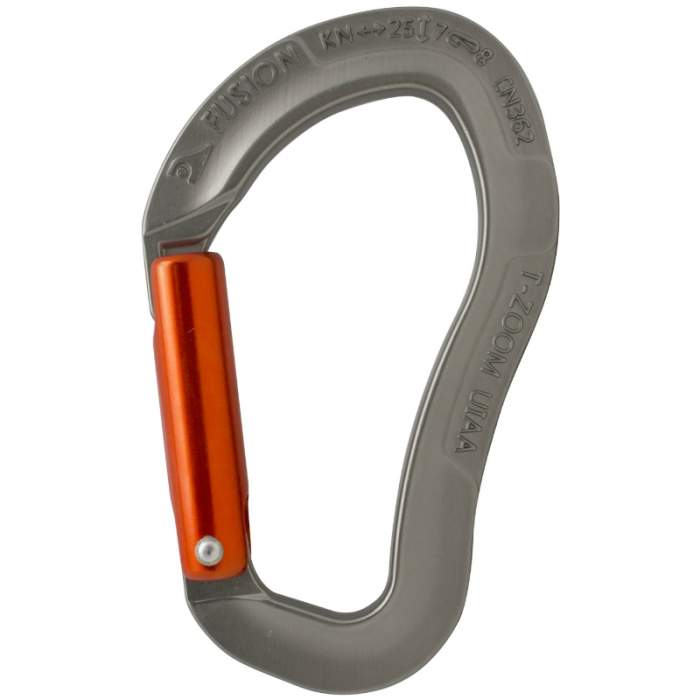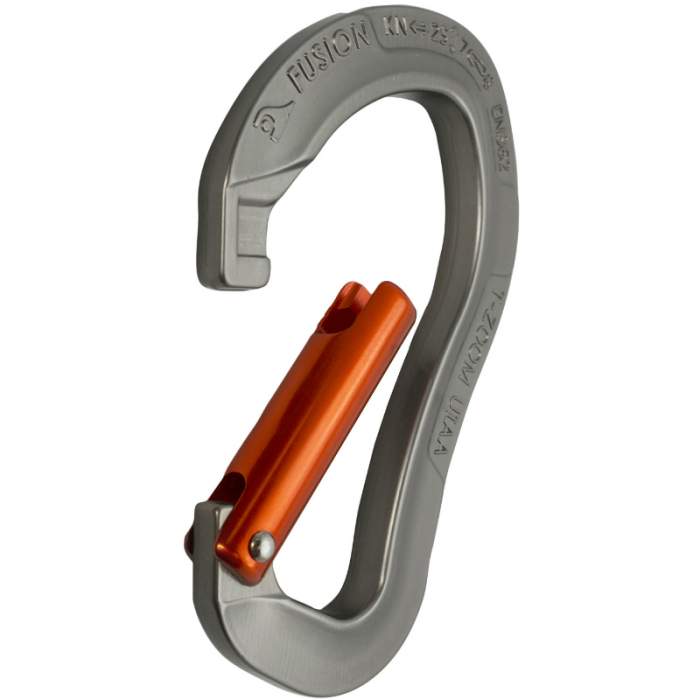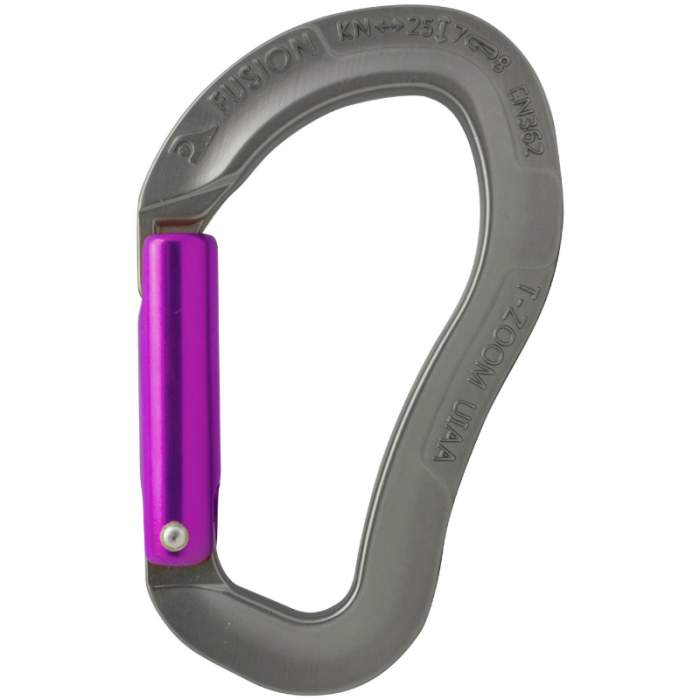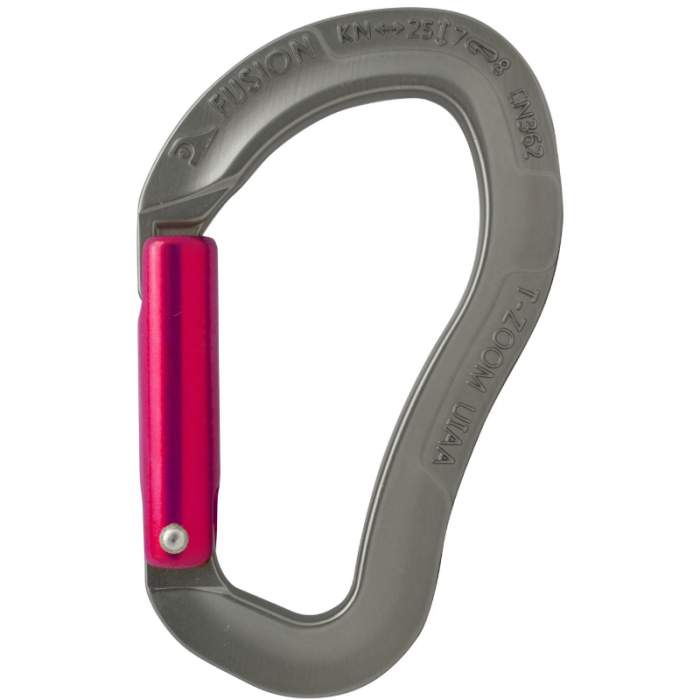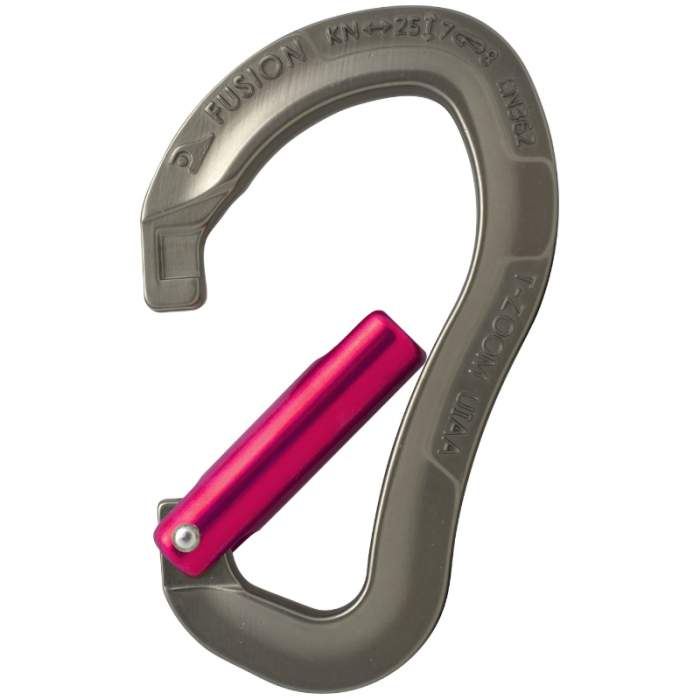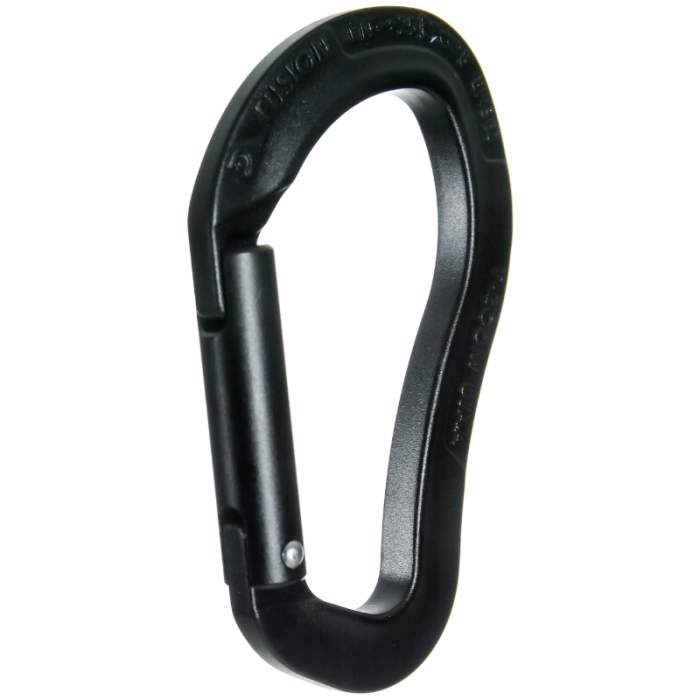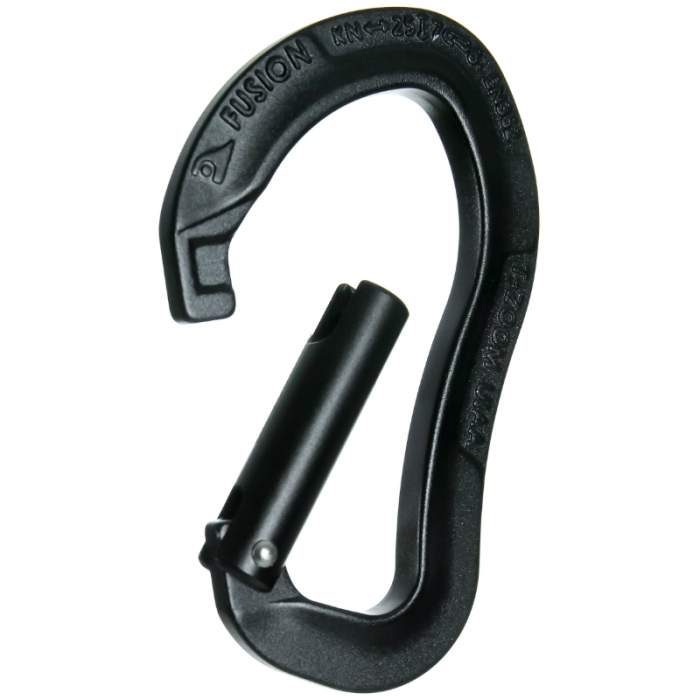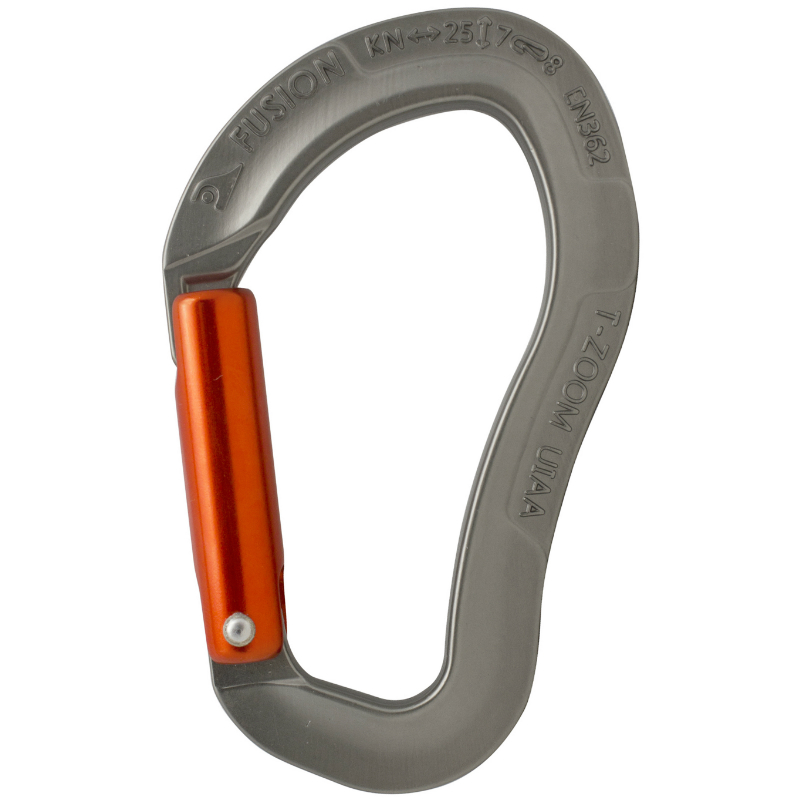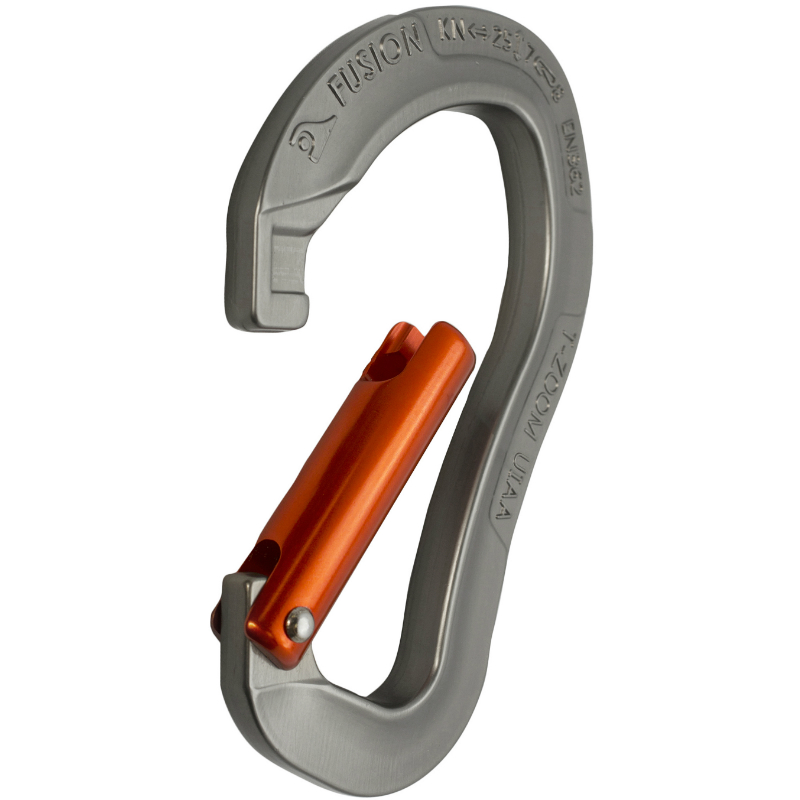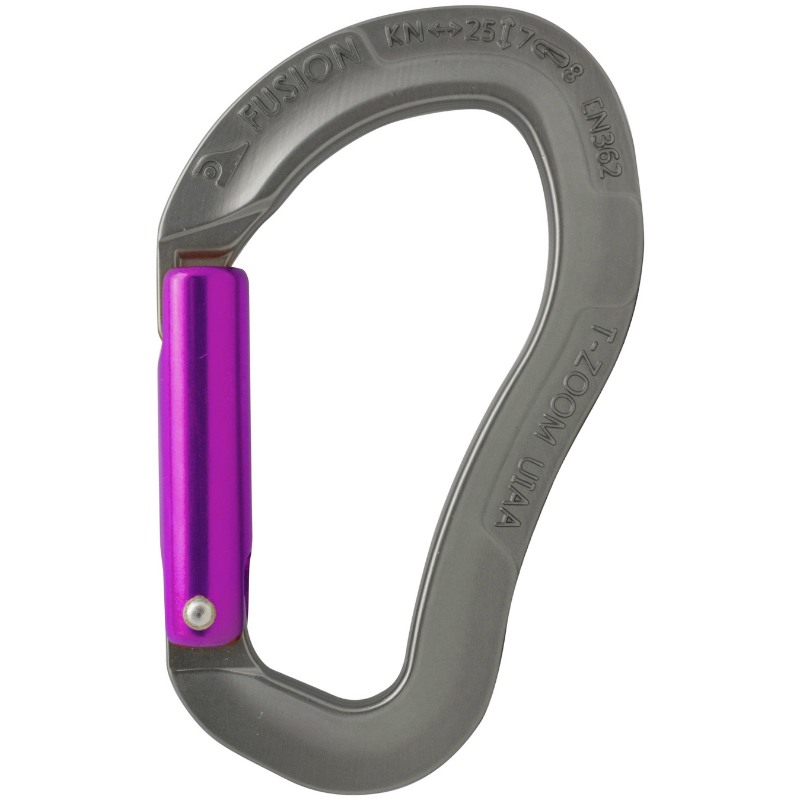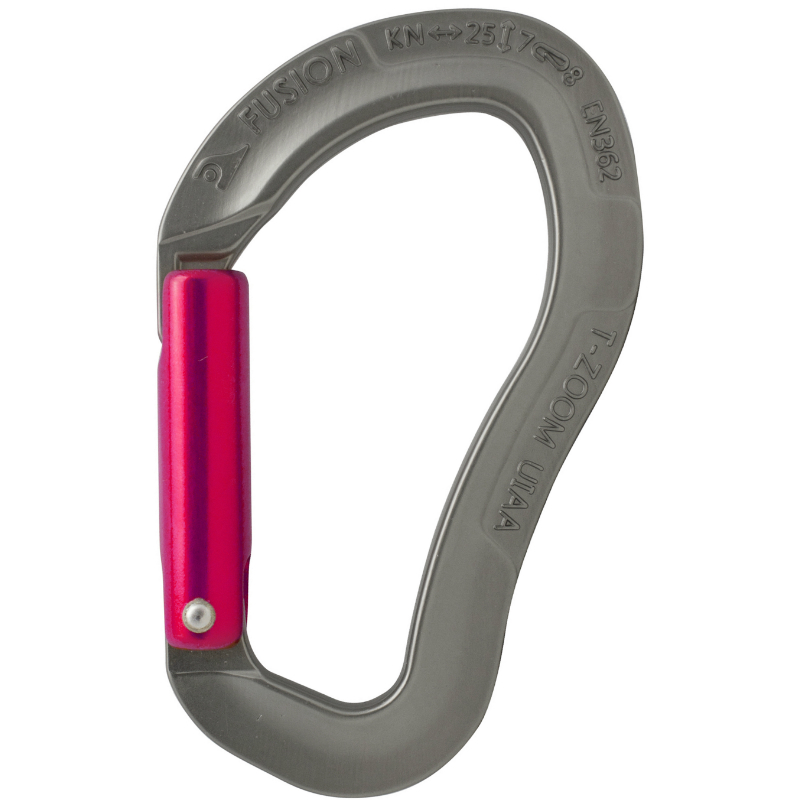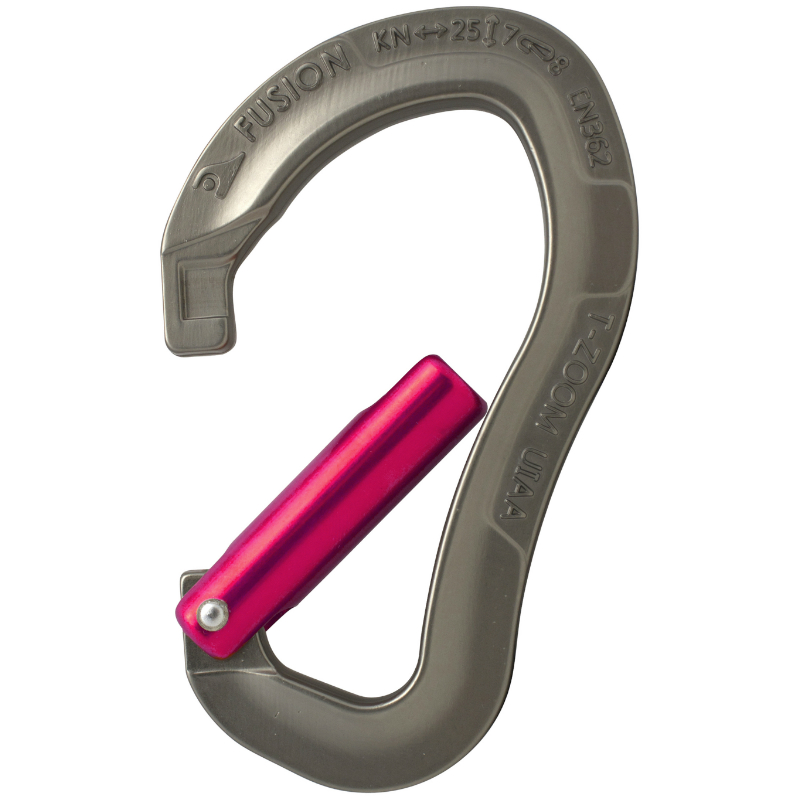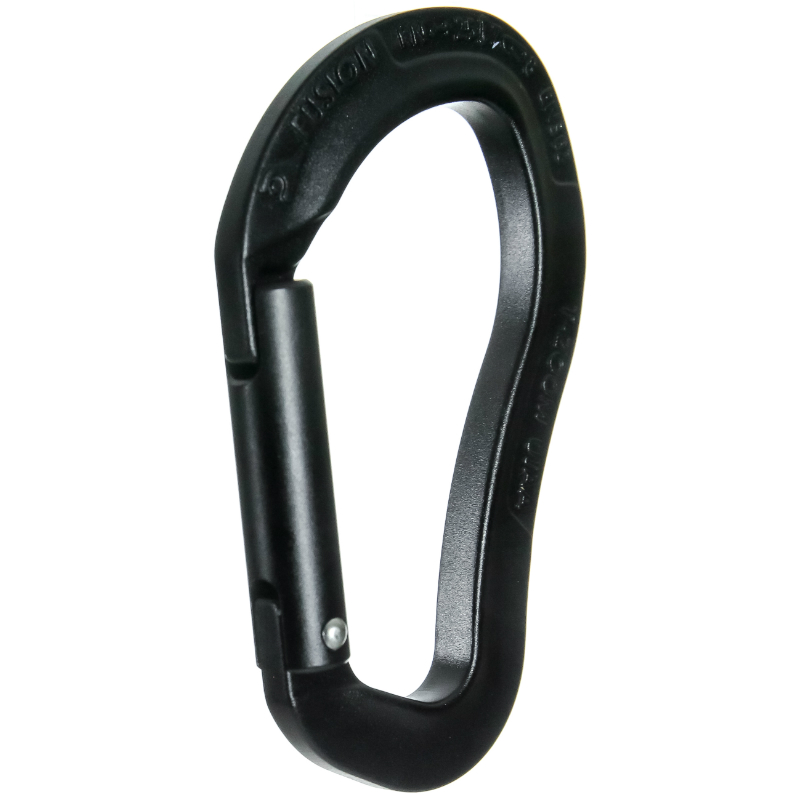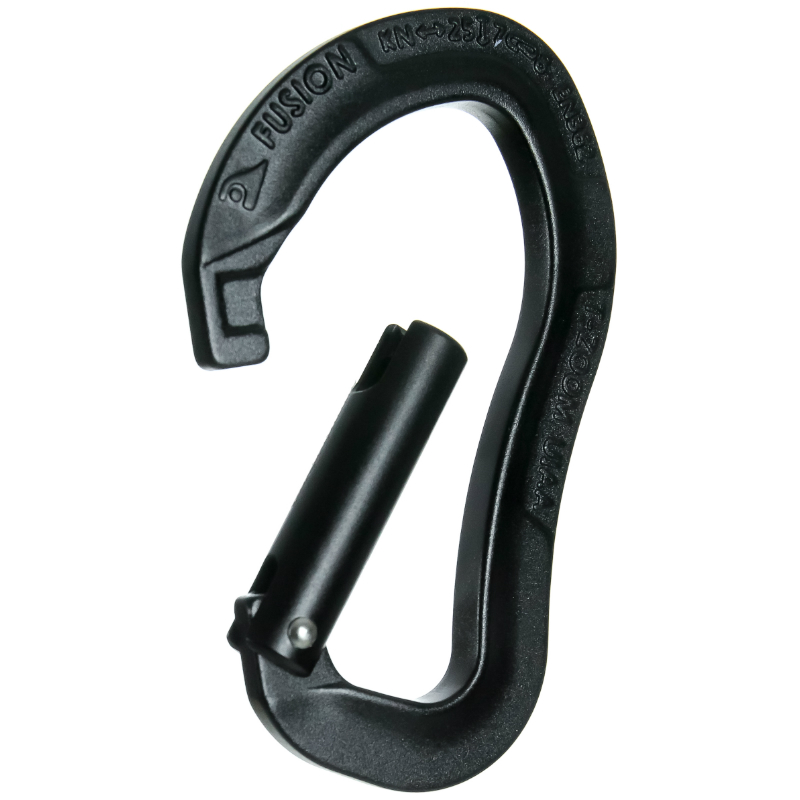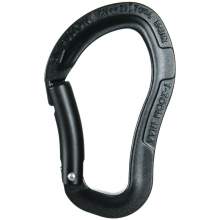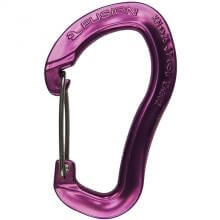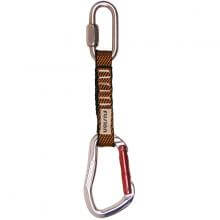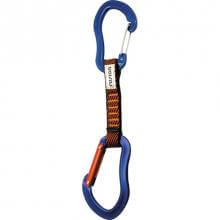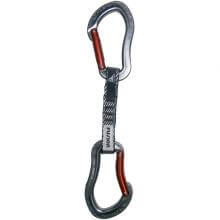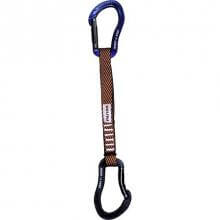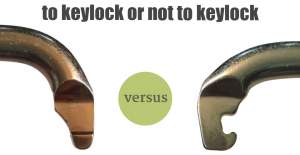Techno Zoom Straight
Description
TECHNO ZOOM: Light Weight, Straight Gate, Key Nose Aluminum Carabiner. This straight gate carabiner is light weight, with an off-set D body shape, and is perfect for a quickdraw sets. Straight gate tend to be a little stronger. The perfect carabiner for alpine, big wall and trad routes. The snag free key shaped nose is faster and smoother clipping and un-clipping. When you need strength from a carabinerbut need to move fast and light. Rated at 25kN.
Retail price
US$ 9.87
When you click a link below and then checkout online, no matter what you buy (climbing gear or not), we get a small commission that helps us keep this site up-to-date. Thanks!
Weight (g)  |
51 g |
Shape  |
D / Offset D |
Locking  |
No |
Straight or Bent  |
Straight |
Full Size  |
Yes |
Keylock  |
Yes |
Solid or Wire  |
Solid |
Gate Opening  |
22 mm |
Number of Colors  |
1 |
Lock Indicator  |
No |
Strengths (kN)  | |
No reviews yet.
If you know of a good product video that should be here, let us know, and we'll put it up.
If you're looking for gear videos in general, check out our Vimeo and YouTube channels to see the newest gear.


